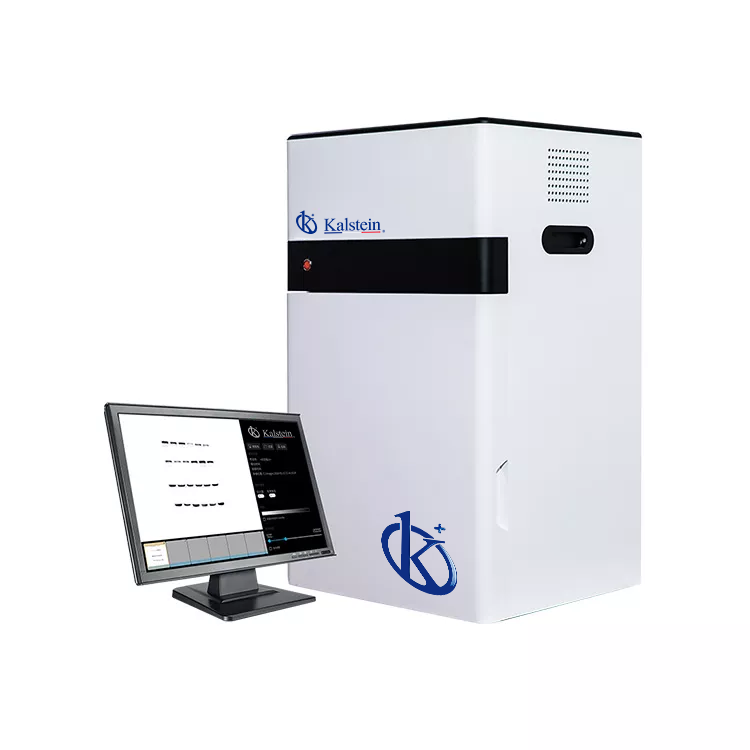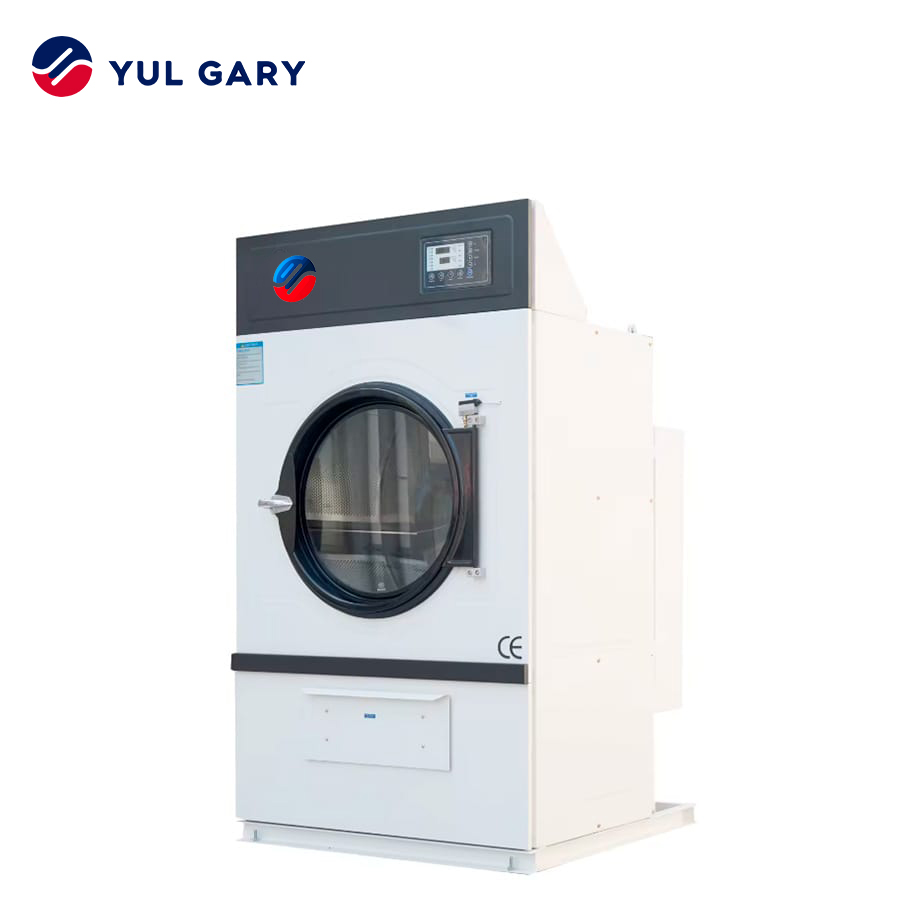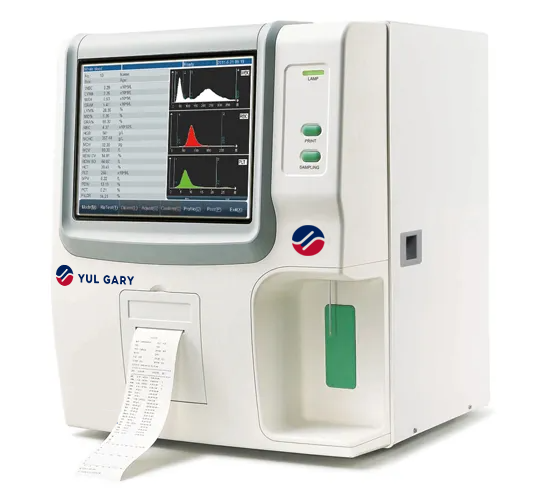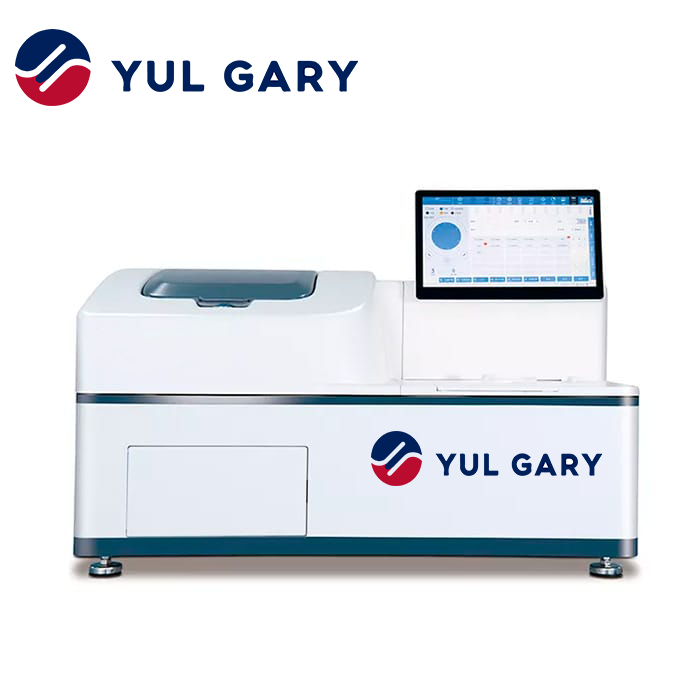Gel documentation is a key component in many biological and genetic laboratories. Thanks to its ability to capture, analyze, and store data from experiments conducted on agarose, polyacrylamide gels, or even electrophoresis, these systems allow scientists to obtain accurate and reproducible results.
In this article, we will explore the features, benefits, advantages, and comparisons of gel documentation systems, with a focus on the products offered by Kalstein, a leading brand in this field.
If you are looking for a blend of innovation and quality, you have come to the right place. At https://yulgary.no/category-product/laboratory-line/gel-documentation/, we offer you the luxury of exploring our exclusive catalog of laboratory equipment. We manufacture each product with a high level of excellence. Our intuitive and agile online purchasing channels are designed for your convenience, ensuring the most affordable prices. Don’t hesitate any longer— we bring science to life, and it’s time to be part of our community. https://yulgary.no/
Gel Documentation, Kalstein Brand
Gel documentation systems are essential tools in molecular analysis, as they allow for the visualization and recording of results obtained from electrophoresis tests. The Kalstein brand has earned the trust of many researchers due to its cutting-edge technology, which facilitates the capture and analysis of high-resolution gel images. With the ability to work with different types of gels and staining methods, these systems provide an efficient and accessible platform for laboratories that need to document their experiments accurately.
Kalstein offers models that cater to both small and large scientific installations, integrating features such as high-intensity lighting, high-resolution cameras, and intuitive software for image processing and analysis. Versatility and ease of use are some of the reasons why users choose these systems. Over the years, the brand has been recognized for its excellent value for money and the reliability of its products.
Features of Gel Documentation
Gel documentation systems have several features that make them ideal for use in biological and genetic experiments. Some of the most notable include the high resolution of the cameras that capture the images, the ability to work with different types of gels (agarose, polyacrylamide, and others), and adjustable lighting options that optimize the visualization of bands in the gel.
In addition, these systems typically include specialized software for image analysis, enabling precise information about the size, quantity, and intensity of bands. Most gel documentation systems, like those from Kalstein, allow for easy integration with other laboratory equipment, such as electrophoresis systems, and offer image editing tools that facilitate the comparison of results from different experiments.
Ease of use is another strength, as Kalstein gel documentation systems are designed to be intuitive, meaning even less experienced users can operate them without difficulty. This is particularly important in research environments where time and accuracy are critical.
Different Types or Models of Gel Documentation
Gel documentation systems are not all the same. There are various models to suit the needs and budget of each laboratory. For example, some models are specifically designed for working with agarose gels, while others can be used for polyacrylamide gels and other specialized applications. These systems can vary in complexity, from basic options for simple visualization to advanced models with integrated image analysis software.
The more advanced systems typically include options for UV or LED lighting, high-resolution cameras, and features to enhance contrast and visibility of bands. More basic models, on the other hand, may be more affordable and suitable for laboratories that do not require additional features. The variety of models allows users to select the system that best fits their needs and budget.
Why Does Gel Documentation Cost This Much?
The price of gel documentation systems can vary significantly depending on the brand, features of the equipment, and the quality of the images they can generate. In the case of Kalstein, the brand has managed to offer an excellent value for money by integrating advanced technologies and providing high-quality after-sales service. The cost of these systems reflects the value of the components used, such as high-resolution cameras, specialized lighting systems, and image analysis software, which are essential for obtaining precise and reliable results.
The price is also influenced by the durability and reliability of the equipment. Kalstein gel documentation systems are designed to withstand intensive use in research laboratories, which justifies a relatively high initial investment. However, over the long term, users benefit from technology that not only allows them to obtain high-quality images but also conduct more detailed analysis of their experiments, optimizing laboratory processes.
Gel Documentation Comparison with Similar Products
When comparing gel documentation systems, it’s essential to consider factors like camera resolution, ease of use, lighting options, and integration with analysis software. In this regard, Bio-Rad, with its Gel Doc XR+, is a direct competitor to Kalstein. This model stands out for its high resolution and advanced analysis software, but its price is significantly higher, which may be prohibitive for laboratories with limited budgets.
On the other hand, Thermo Fisher, with its iBright system, offers a very similar option in terms of features, but also at a high price point. While both competitors offer robust, high-quality systems, Kalstein provides a more affordable option without compromising image quality, making it a preferred choice for many laboratories with limited resources.
Pros and Cons of the Gel Documentation
| Pros | Cons |
| High resolution images | May not be the most advanced for very specialized applications |
| Adjustable lighting for different types of gels | Requires regular maintenance to maintain image quality |
| Intuitive, easy-to-use software | Not as accessible for laboratories needing extremely specialized functions |
| Compatible with a wide range of gels and experiments | May be considered expensive for some budget-constrained labs |
| Robust and durable design | |
| High accuracy in documenting results | |
| Easy integration with other laboratory equipment | |
| Excellent value for money |
Benefits of Using Gel Documentation Systems
The benefits of using a gel documentation system go beyond simply visualizing bands in the gel. One of the main benefits is the improvement in the precision and reproducibility of experiments. Thanks to the ability to capture high-quality images, researchers can analyze the results in greater detail, reducing the possibility of errors and ensuring the reliability of the data.
Another important benefit is time optimization. Kalstein gel documentation systems allow users to obtain results quickly, enabling them to focus on other aspects of the experiment or move on to new stages of research. Additionally, the ability to store and organize experiment images facilitates long-term tracking and analysis, which is crucial for reviewing results in biological and genetic studies.
Additional Advantages of Gel Documentation Systems
In addition to the previously mentioned benefits, gel documentation systems also offer other advantages that make them a great investment for laboratories. For example, some models include connectivity options that allow for easy sharing of results with team members or external researchers. This enhances collaboration on research projects and improves team efficiency.
The ability to perform precise quantitative analysis is another significant advantage. These systems allow users to obtain detailed information on band intensity, which is crucial for quantifying proteins, nucleic acids, or PCR products. Moreover, the image quality helps detect subtle variations in results that could go unnoticed with lower-quality gel documentation systems.
User Reviews of Gel Documentation Systems
Users who have opted for Kalstein gel documentation systems often highlight the ease of use and high image quality. Many researchers mention that the system has helped them optimize their work time and achieve more consistent results compared to traditional documentation methods.
“Since we acquired the Kalstein gel documentation system, we’ve been able to significantly improve the precision of our results. Additionally, the software is so intuitive that even new team members were able to learn to use it quickly,” said one user.
Frequently Asked Questions
Is the gel documentation system easy to use?
Yes, gel documentation systems are designed to be highly intuitive, allowing users, even with little experience, to operate them easily.
Is this system suitable for all types of gels?
Yes, the systems are compatible with a wide variety of gels, including agarose and polyacrylamide, making them versatile for different applications.
Does it require constant maintenance?
While Kalstein gel documentation systems are robust, regular maintenance is recommended to ensure that image quality remains high.
Is the included software easy to use?
The software is very user-friendly and offers options for both basic and advanced analysis, making it suitable for beginners as well as experienced researchers.
What is the lifespan of the gel documentation system?
The systems are designed to be durable, and with proper maintenance, they can last for many years, providing a solid return on investment.
Is technical support available?
Yes, Kalstein offers technical support to its users, ensuring that any issues are addressed promptly.
Final Recommendations on Gel Documentation Systems
In conclusion, gel documentation systems represent an excellent option for laboratories looking for a precise, reliable, and affordable solution for capturing and analyzing gel images.
With their ease of use, excellent image quality, and intuitive software, these systems are a smart investment for any research laboratory. If you are looking for a tool that will optimize your biological and genetic experiments, I would definitely recommend considering this option.





